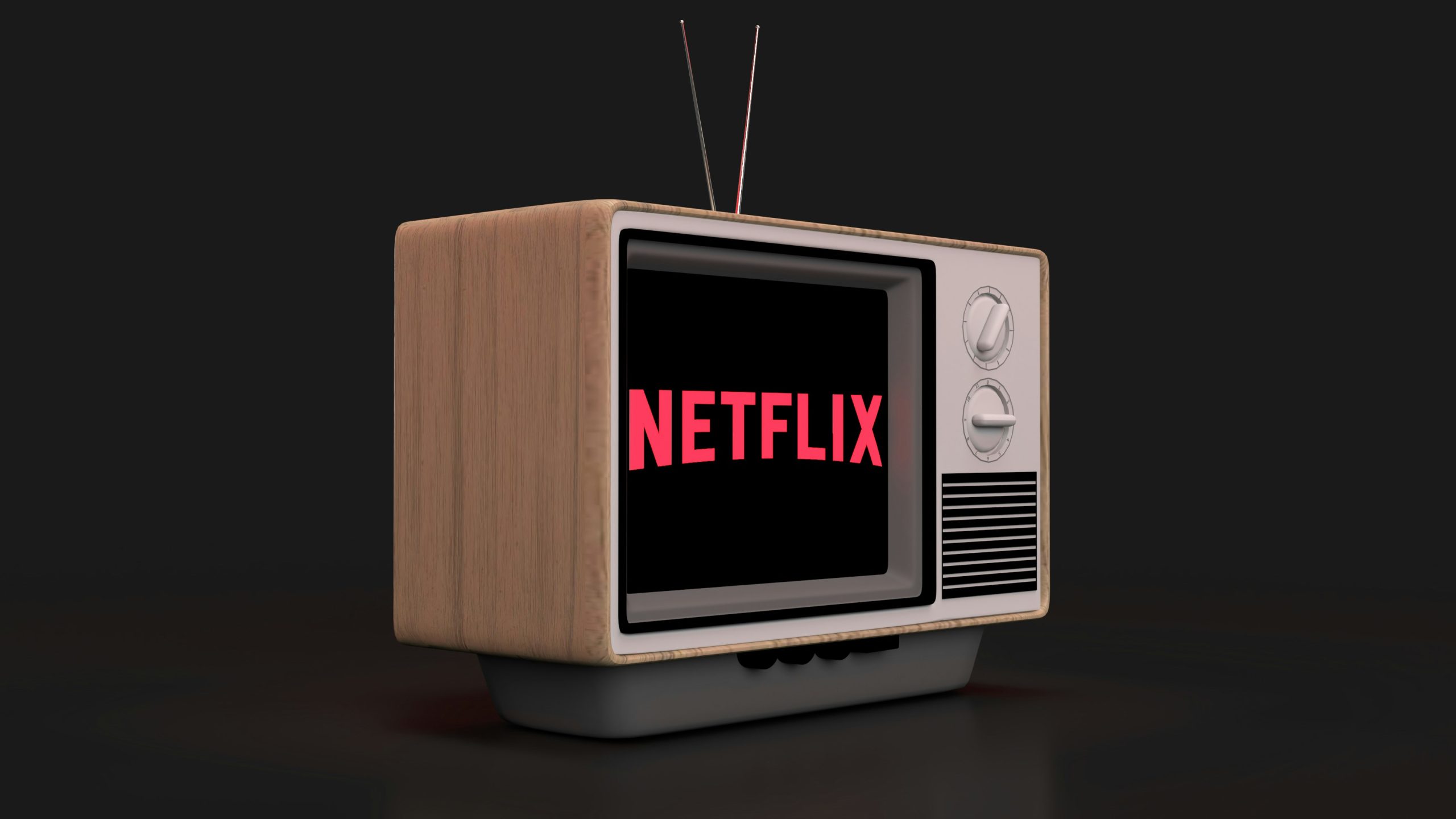Introduction
In recent years, streaming services have dramatically altered the landscape of television viewing. Gone are the days when audiences were tethered to rigid broadcasting schedules and limited programming options. With the advent of streaming platforms like Netflix, Hulu, Amazon Prime Video, and Disney+, viewers now enjoy unprecedented control over what they watch, when they watch, and how they watch it. This article delves into the myriad ways streaming services are revolutionizing TV viewing.
The Rise of Streaming Services

Streaming services have surged in popularity, offering a vast array of content that caters to diverse tastes and preferences. Unlike traditional TV, which relies on scheduled programming, streaming services provide on demand access to a library of movies, TV shows, documentaries, and more. This shift from linear to nonlinear viewing has fundamentally changed how audiences consume content.
Key Players in the Market
- Netflix: Often credited with pioneering the streaming revolution, Netflix offers a vast library of original and licensed content. Its algorithm driven recommendations and binge watching model have set industry standards.
- Hulu: Known for its extensive catalog of current season TV shows, Hulu bridges the gap between traditional TV and streaming. It offers both on demand and live TV options.
- Amazon Prime Video: As part of the Amazon Prime membership, this service provides a mix of original programming and licensed content, along with the added benefit of Amazon’s ecosystem.
- Disney+: Leveraging its extensive library of beloved franchises, Disney+ has quickly become a major player in the streaming market, appealing to both families and nostalgic adults.
Convenience and Flexibility

One of the most significant advantages of streaming services is the convenience they offer. Users can watch their favorite shows and movies anytime, anywhere, and on any device with an internet connection. This flexibility has made it easier for people to fit TV viewing into their busy lives.
-
OnDemand Viewing
Traditional TV requires viewers to adhere to a broadcast schedule, often leading to missed episodes and fragmented viewing experiences. In contrast, streaming services allow users to watch content on their own terms. This on demand model has given rise to the phenomenon of binge watching, where viewers consume multiple episodes or even entire seasons in one sitting.
-
Multi Device Accessibility
Streaming services are accessible on a wide range of devices, including smartphones, tablets, smart TVs, and gaming consoles. This multidevice compatibility ensures that viewers can enjoy their favorite content whether they are at home or on the go.
Personalized Viewing Experience

Streaming services leverage advanced algorithms and data analytics to offer personalized content recommendations. By analyzing viewing habits, preferences, and ratings, these platforms curate a tailored experience for each user.
-
Algorithm Driven Recommendations
Netflix’s recommendation algorithm is a prime example of how data driven insights can enhance the viewing experience. By suggesting content that aligns with a user’s interests, streaming services keep viewers engaged and coming back for more.
-
User Profiles
Many streaming platforms allow users to create multiple profiles within a single account. This feature ensures that each family member receives personalized recommendations, preventing content preferences from overlapping.
Original Content and Exclusive Releases

One of the key strategies streaming services use to attract and retain subscribers is the production of original content. High quality, exclusive programming has become a hallmark of platforms like Netflix, Amazon Prime Video, and Disney+.
-
Investment in Original Programming
Streaming giants are investing billions of dollars in the creation of original movies, TV shows, and documentaries. This investment not only differentiates their offerings from competitors but also drives subscriber growth.
-
Exclusive Releases
Exclusive content is a powerful draw for subscribers. Shows like “Stranger Things” (Netflix), “The Mandalorian” (Disney+), and “The Marvelous Mrs. Maisel” (Amazon Prime Video) have garnered critical acclaim and massive fan followings, solidifying the platforms’ positions in the market.
Impact on Traditional TV

The rise of streaming services has had a profound impact on traditional TV networks and cable providers. As more viewers cut the cord in favor of streaming, the television industry is undergoing a significant transformation.
-
Decline of Cable TV
Cable TV subscriptions have been steadily declining as consumers opt for more affordable and flexible streaming options. This trend, known as “cord cutting,” has forced cable providers to adapt by offering their own streaming services and bundling packages.
-
Shifts in Advertising
The shift to streaming has also affected advertising models. Traditional TV relies heavily on ad revenue, but streaming services often offer adfree viewing or limited commercial interruptions. As a result, advertisers are exploring new ways to reach audiences, such as product placements and branded content.
Challenges and Future Trends

While streaming services have revolutionized TV viewing, they also face challenges. Issues such as content saturation, subscription fatigue, and the need for constant innovation are shaping the future of the industry.
-
Content Saturation
With an ever growing number of streaming platforms and original content, viewers may feel overwhelmed by the sheer volume of options. This content saturation can make it difficult for new shows and movies to stand out.
-
Subscription Fatigue
As more streaming services enter the market, consumers may experience subscription fatigue, leading them to be more selective about which platforms they subscribe to. Bundling and partnerships may become more common as a way to mitigate this issue.
-
Technological Advancements
The future of streaming will likely be influenced by advancements in technology, such as improved streaming quality, virtual reality, and interactive content. These innovations have the potential to further enhance the viewing experience and keep audiences engaged.
Conclusion
Streaming services have undeniably revolutionized TV viewing by offering unparalleled convenience, personalized experiences, and a wealth of original content. As the industry continues to evolve, viewers can expect even more exciting developments that will shape the future of entertainment. Whether you’re a casual viewer or a dedicated binge watcher, the world of streaming has something for everyone.




